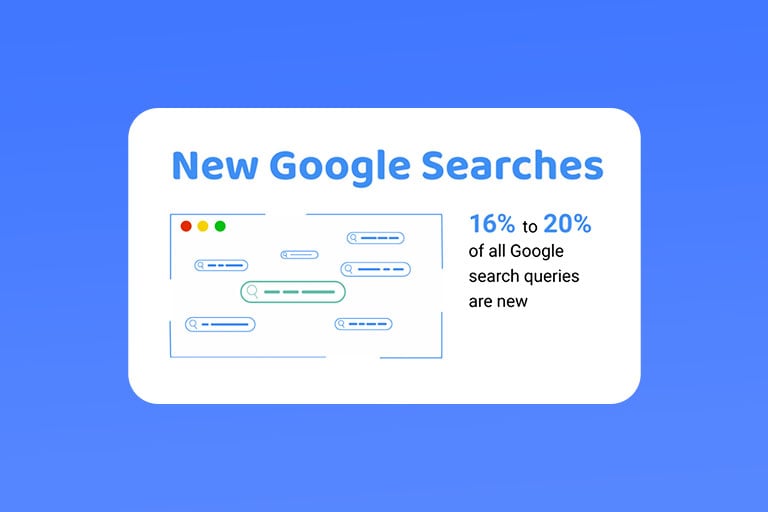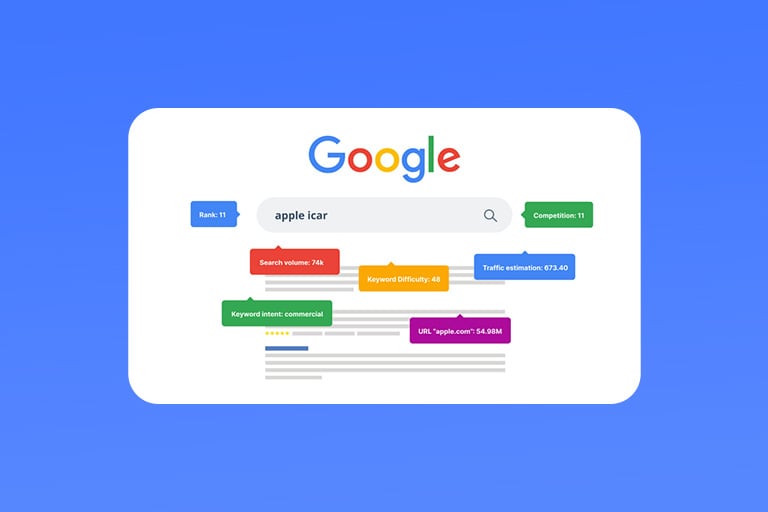In the development of Search Generative Experiences (SGE), a variety of safeguards have been incorporated to enhance the user experience. However, it's essential to acknowledge the known limitations inherent in both Large Language Models (LLMs) and the early, experimental form of SGE.
This article delves into observed loss patterns, challenges identified during evaluations and adversarial testing, and outlines certain limitations within SGE.
Limitations and Challenges in Search Generative Experiences (SGE)
Loss Patterns and Limitations:
- Misinterpretation during Corroboration
- Hallucination
- Bias
- Opinionated Content Implying Persona
- Duplication or Contradiction with Existing Search Features
Misinterpretation during Corroboration
Observation: SGE may correctly identify information for corroboration but with slight misinterpretations of language, altering the meaning of the output.
Example: While verifying a snapshot, SGE might misinterpret subtle nuances, leading to inaccuracies in the generated content.
Hallucination
Observation: Similar to other LLM-based experiences, SGE may occasionally misrepresent facts or inaccurately identify insights.
Example: SGE might generate content that includes fictional or incorrect information, a common challenge faced by language models.
Bias
Observation: Despite efforts to prevent bias in the training data, SGE may produce biased results due to narrow representations or negative contextual associations.
Example: Biases in data patterns may result in SGE favoring certain perspectives or demographics in search results, reflecting challenges present in current search outcomes.
Opinionated Content Implying Persona
Observation: While designed to maintain a neutral, objective tone, SGE may inadvertently produce outputs that reflect opinions found on the web.
Example: SGE might generate content that gives the impression of a specific persona, deviating from its intended neutral tone.
Duplication or Contradiction with Existing Search Features
Observation: As SGE is integrated into Search alongside other results, its output may appear contradictory to information from other features on the search results page.
Example: SGE might provide a synthesized perspective that contradicts a featured snippet highlighting a single source's viewpoint, leading to potential inconsistencies.
Addressing Challenges
The development team has already implemented improvements through model updates and fine-tuning, with ongoing efforts to combat bias and enhance the overall accuracy and reliability of SGE.
Despite these challenges, SGE remains a powerful tool, and its evolution promises further progress in refining search generative experiences.







